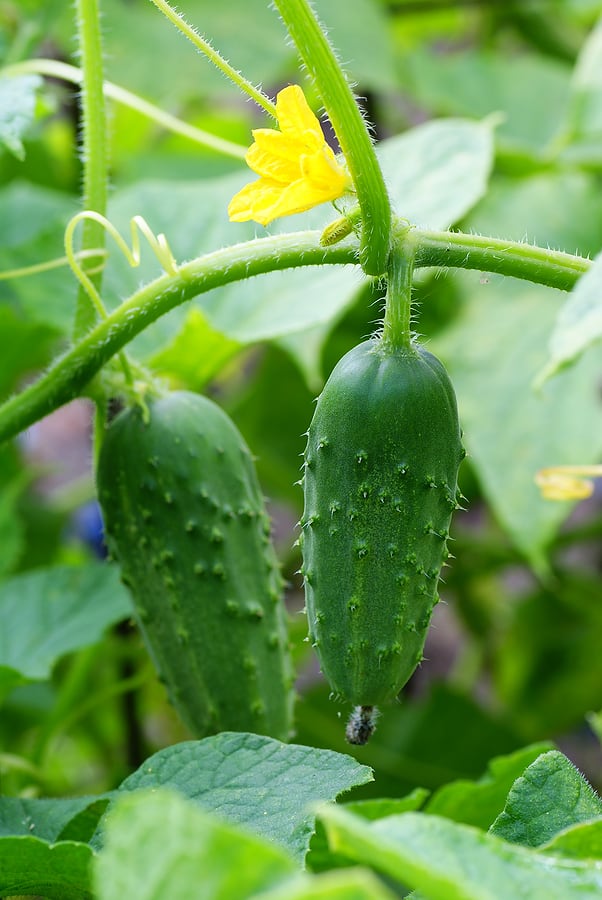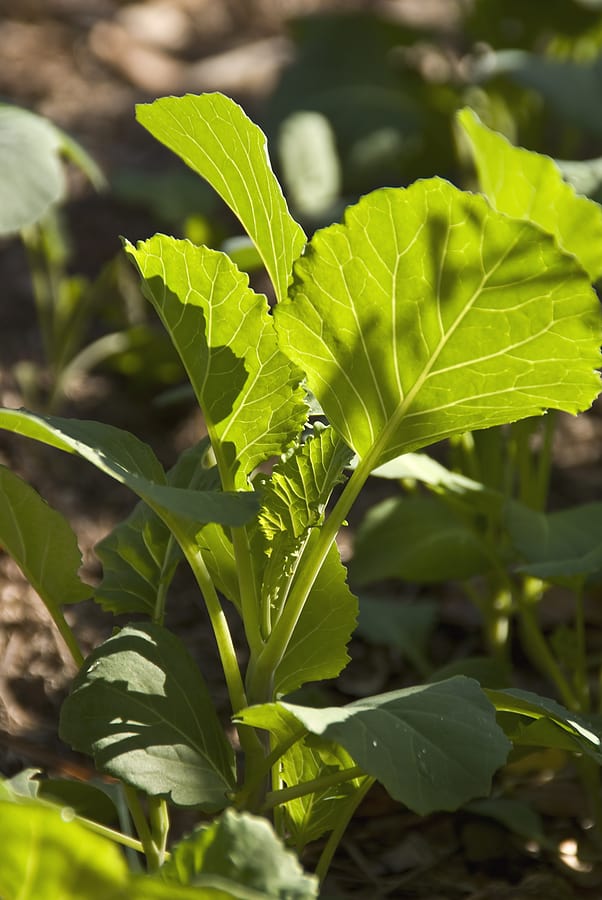How to Grow Summer and Winter Squash
Native Americans called it isquoutersquash. The British call it marrow. Squash is the American English term. Zucchini, summer squash, winter squash, and pumpkins grow best once the air temperature averages 65ºF (18ºC). That means squash can be sown in late spring just about everywhere, and if you live in a long-growing season region where the […] More












